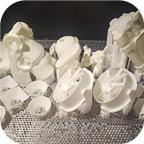Ultrasonic Cleaners: Do They Really Work?
Browse Volume:78 Classify:Support
I’ll never forget the first time I dropped my grandfather’s tarnished silver cufflinks into an ultrasonic cleaner borrowed from a friend. Within minutes, those dull, aged trinkets turned almost as bright as the day they were gifted. It was like watching time reverse—tiny bubbles doing what my eyes, toothbrush, and elbow grease never could. But was it magic… or just marketing?
That moment sparked a cascade of questions: Where else could these machines shine? What can’t they clean? And perhaps most importantly, are they really worth buying?
Let’s dive into the real story—scientific truth, expert insights, and honest user feedback—to see if ultrasonic cleaners truly deliver the sparkle they promise.
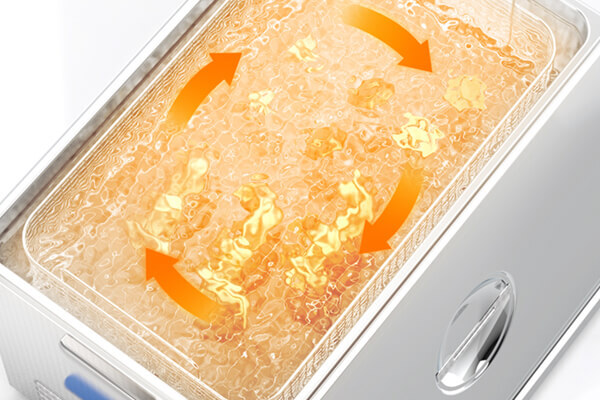
Ultrasonic cleaning machine in operation
The Science Behind the Shine
At the heart of ultrasonic cleaning is a wonder of physics known as cavitation. Sound waves—usually between 25,000 and 130,000 Hz—are emitted into a liquid bath, creating microscopic bubbles that rapidly form and collapse. Each collapse releases a burst of energy, dislodging contaminants clinging to surfaces. Think of a thousand tiny jackhammers gently chipping away at grime—without scratching or damaging your items.
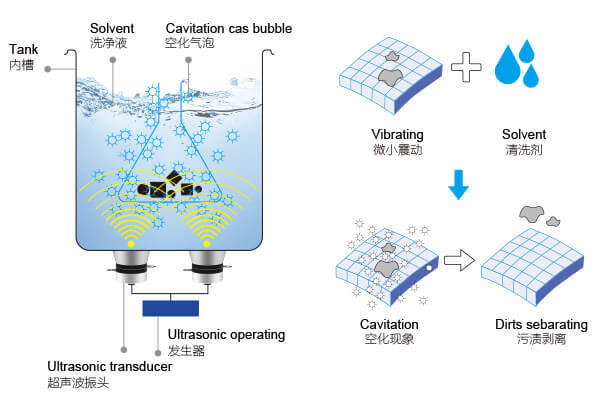
The Principle Behind Ultrasonic Cleaning
This process is mechanical, not chemical. While some detergents boost the power by helping break down oils and proteins, the true cleaning force comes from sound, not suds.
What Ultrasonic Cleaning Is Great For
Some tasks absolutely benefit from ultrasonic precision:
- Intricate jewelry: Cracks, prongs, and chain links can regain sparkle hidden deep in their design.
- Watch parts and mechanical components: Tiny gears, pivot holes, and springs are meticulously cleaned without disassembly.
- Dental appliances: Studies show over 90 % biofilm removal from aligners—far beyond what brushing can achieve .
- Lab glassware: Buffers, salts, and residues vanish even from fine tubing.
- Gun parts and carburetors: Oil and carbon buildup are loosened efficiently, reducing disassembly time.
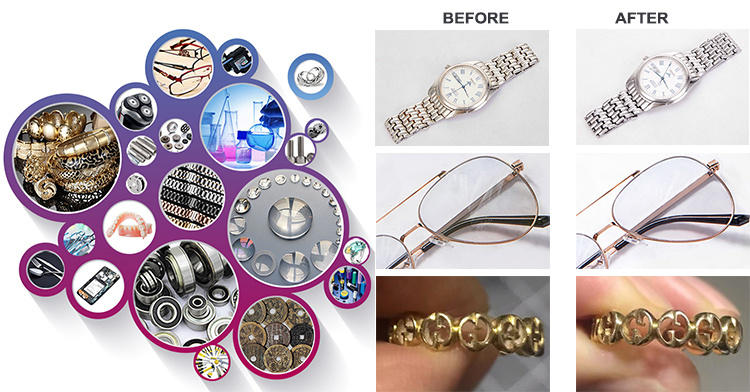
Application-granbosonic
These are areas where the synergy of cavitation and targeted detergent delivers results that brushes and wipes can’t match.
Limitations and Misconceptions
But ultrasonic cleaners aren’t miracle machines:
- They do not sterilize, only clean. Instruments still require proper disinfection afterward .
- Porous or glued items can absorb water, degrade, or fall apart once immersed.
- Fragile electronics often suffer unless fully dried and treated carefully.
- Soap bubbles are enemies of cavitation—visible suds often mean decreased cleaning performance.
Recognizing these limits is key to using ultrasonic cleaners wisely.
Real-World Benefits vs Drawbacks
When it works well, ultrasonic cleaning is a time-saver. You load a few pieces, hit start, and walk away while the machine works silently. For professionals, that means fewer return jobs, consistent outcomes, and saved labor.
But there are trade-offs. You must keep cleaning solutions fresh to maintain effectiveness, descale and clear tanks regularly, and replace OEM parts like gaskets and filters. Those silver cufflinks special? They now come with electricity, detergent, and maintenance costs. For casual users, those costs add up faster than the shine wears off.
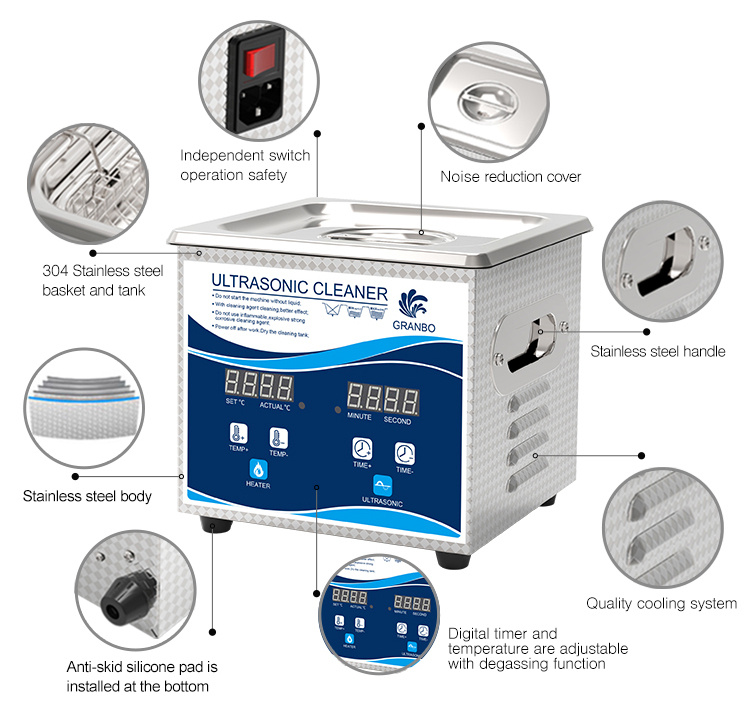
GRANBO GS0101 Ultrasonic Cleaner – Key Features & Components
Expert Insights & Research Findings
Science supports both the promise—and the caveats—of ultrasonic cleaning. A 2023 study in Scientific Reports showed that incorporating sweep-frequency ultrasonic baths with heat removed up to 95 % of dental biofilm in under ten minutes—compared to just 50–60 % with manual cleaning .
Meanwhile, engineering research in Ultrasonics Sonochemistry indicates that frequency mismatches or poor solution chemistry can cut cleaning efficacy by over 40 % .
These findings highlight that ultrasonic cleaners can deliver outstanding results—but only when frequency, chemistry, temperature, and load are properly aligned.
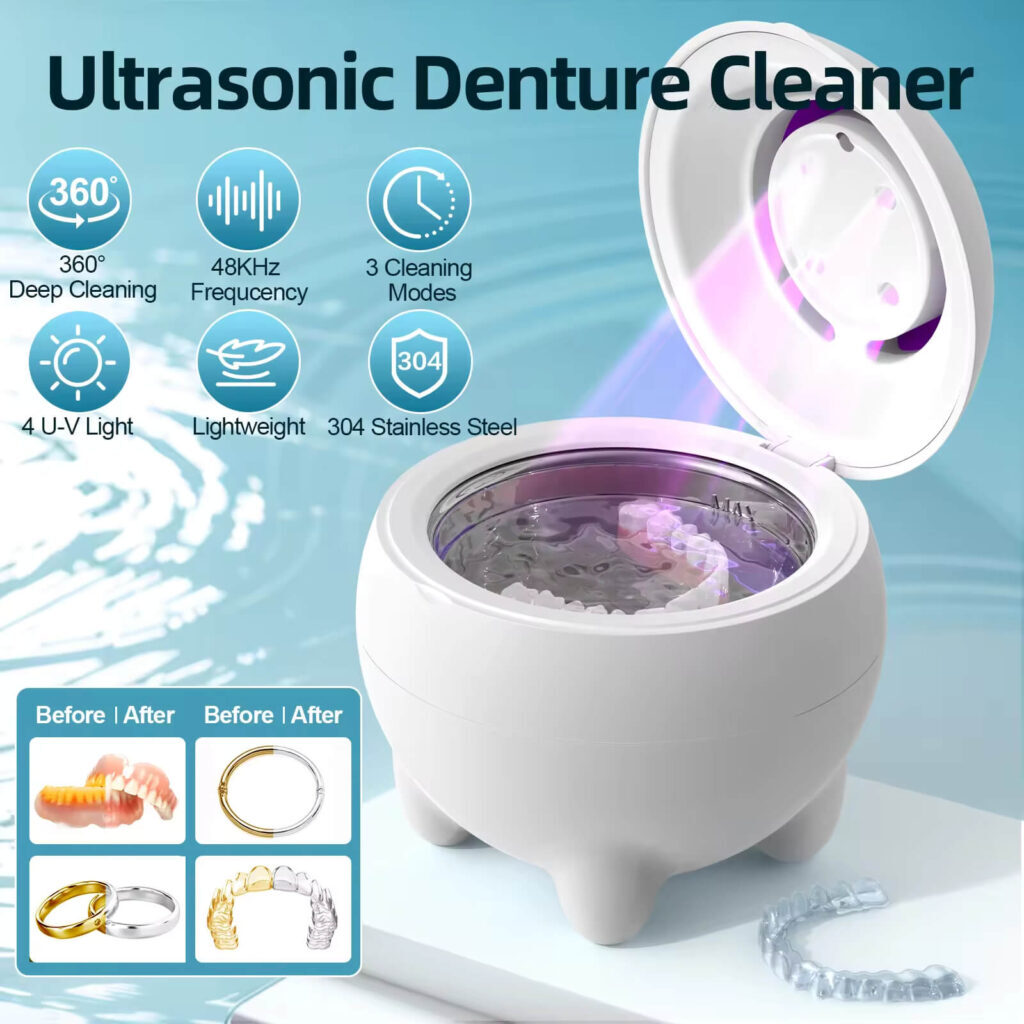
GRANBO Gcoi Ultrasonic Denture cleaner
User Testimonials from Forums & Reviews
Real users share both the perks and maintenance headaches of ultrasonic cleaning across online communities:
On r/smallenginerepair, one hobbyist commented after proving ultrasonic cleaning on small-engine carburetor parts:
“I have the 2L. It works for small engine carbs fine but using regular dish soap doesn’t remove crusty build up on jets well.… I usually just soak the jets in carb cleaner.”
—FinancialAd9634 (Related Links:https://www.reddit.com/r/smallenginerepair/comments/16xlq3o/ultrasonic_parts_washer_is_it_worth_it/)
That prompted another user’s workaround:
“I use Simple Green Pro HD, from Home Depot. Very effective, and I use it at around the 1:10 mix… It got years of nasty sawdust & bar oil gunk off some plastic chainsaw housing parts.”
—FinancialAd9634 (Related Links:https://forums.stevehoffman.tv/threads/the-ultrasonic-vinyl-cleaner-owners-thread.817302/page-24, https://www.reddit.com/r/smallenginerepair/comments/16xlq3o/ultrasonic_parts_washer_is_it_worth_it/)
Meanwhile, in a r/jewelry thread, users discuss cleaning gemstones and kitchenware:
“Simple Green or purple power are my go to’s.… I use a combo of diluted simple green and a tablespoon of dawn dish soap.”
—SmiteBrite (Related Links:https://www.reddit.com/r/jewelry/comments/18d0kio/cleaning_solutions_for_ultrasonic/)
Community consensus? Ultrasonic cleaning harnesses real power—but requires the right solution and regular system upkeep. These firsthand insights echo earlier technical analysis: potent performance, with caveats on soap buildup and maintenance frequency.
Best Practices for Maximum Results
To consistently get the results everyone raves about, it’s helpful to think about your cleaning routine as a careful dance:
Start by choosing the right frequency—40 kHz versus 80 kHz depends on whether you’re cleaning sturdy metal or delicate lenses. Then, select a solution based on your material: enzyme cleaners for organic debris, mild alkaline detergent for general purpose, or low-foam degreaser for grease-heavy parts.
Temperature control matters too. Warm your tank to 40–60 °C—hot enough to speed cleaning but not so hot that it damages coatings or components. Run your degassing cycle briefly to rid the tank of dissolved air before adding items.
Load your basket loosely—items shouldn’t overlap—and use racks or trays as needed. A typical cleaning cycle lasts up to 10 minutes; overly long cycles can degrade the item or solution. Afterward, a clean-water rinse prevents residues.
Follow with a gentle towel finish or air dry—and you’ve basically turned your cleaner into a backstage technician, prepping parts for their next role.
When You Shouldn’t Use an Ultrasonic Cleaner
It’s easy to get carried away with what these machines can do—but knowing their limits is just as important:
Avoid cleaning anything porous, glued, or soft, such as wood, leather, or composite electronics. Even delicate gemstones (like emeralds) can crack under cavitation. Water ingress can spell disaster for transformers, circuitry, or sealed bearings. And of course, don’t use flammable solvents unless your machine is specifically rated to handle them.
A wise rule: if you’d worry about soaking something in water, don’t assume ultrasonic exposure is safe—it’s ten times more intense.
Maintenance Matters
Consistent maintenance keeps your ultrasonic cleaner working well:
After each heavy cycle, run a clean-water pass and inspect the tank for deposits. Use non-abrasive cloths to wipe it down. Replace mineral-filter cartridges and check gaskets regularly. For scale buildup, run a descaling solution (e.g., diluted citric acid), then flush thoroughly.
Most transducers last several thousand hours, but that doesn’t mean “forever.” Listen for changes in sound or bubbling—and if cleaning performance drops, test again with fresh solution. A little maintenance goes a long way toward preserving your shiny results.
Cost vs Value Analysis
Let’s talk numbers:
An entry-level 2 L ultrasonic cleaner costs around $150–200; a mid-range model with a heater can reach $400–600. Cleaning solutions cost approximately $15–30 per gallon, with each 500 mL dose lasting multiple cycles.
Compare that to manual cleaning: you might spend $10 on scrubbing pads and 30 minutes per part—or hire a cleaning service. For frequent users, ultrasonic savings add up fast. But casual users must weigh convenience against infrequent use—leaving a device idle doesn’t justify its cost.
The Verdict: Are They Worth It?
For hobbyists, home workshops, dental technicians, watchmakers, and auto mechanics, yes—ultrasonic cleaners are very effective at precision cleaning tasks, provided you use them correctly. They offer results that manual methods simply can’t match.
But if your needs are minimal—occasional jewelry cleaning or glassware—consider whether a simple soak with mild detergent suits your needs better. The key is not whether ultrasonic technology is good, but whether it’s right for you and your use-case.
FAQs
1. Can ultrasonic cleaners sterilize surgical tools?
No. They clean debris effectively but don’t sterilize. Follow with proper disinfection processes .
2. Are they safe for electronics?
Only if fully dried afterward. Best to disassemble and soak only safe components, and keep electronics out unless specified by the manufacturer.
3. What cleaning solution should I use?
Match the solution to what you’re cleaning. Use enzyme cleaners for organic mess, alkaline for grease, or specialty solutions for metals or optics.
4. Is there a risk with precious metals or gems?
Solid gold, platinum, diamonds, and stainless steel are usually safe. Avoid porous stones, plated metals, and glued items like costume jewelry.
5. How often should I change cleaning fluid?
Change after heavy loads or after 3–5 cycles. If the solution looks cloudy, smells, or performance dips, swap it out.
6. Do ultrasonic cleaners use a lot of electricity?
Not really. Most 120 W models draw little power—barely more than a kitchen appliance.
 Granbo Sonic
Granbo Sonic









